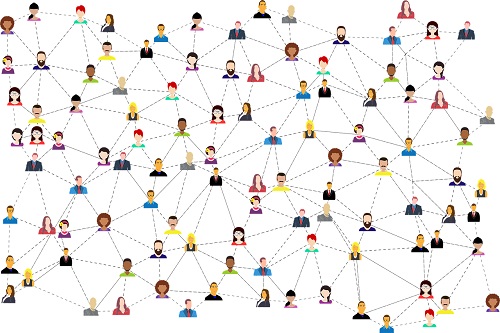Electronic Disease Surveillance: A Modern Tool for Improving Community Wellness

One of the most challenging parts of addressing a major public health crisis is that it can take months or even years to collect relevant data and connect the dots in a way that allows public health departments to formulate meaningful responses. That’s because there are few standards for collecting and sharing information using a common language that health decision makers can rely on to get the data they need. This is where electronic disease surveillance systems can play a key role in helping public health professionals combat illnesses before they hit a critical stage. As we have seen in the last two years with COVID-19 and now monkeypox, fast-moving viruses can become crises in our communities and have devastating consequences. Protecting people from these transmissible illnesses requires better management and control of infectious diseases, which starts by improving the management and control of information and new workflows to support these vital tasks.
It’s Time to Modernize
Many people are shocked to learn that public health departments are still using paper-based systems and antiquated software to collect public health data. Unfortunately, this is still the norm for many, not the exception, meaning that epidemiologists and other experts don’t have the right tools to do their jobs. It’s easy to understand why these approaches don’t work in our connected world. People get frustrated when their groceries don’t arrive within an hour, and yet health departments often wait for months to get the information they need to develop strategies to fight infectious diseases.
One of the biggest gaps that agencies currently face is collecting data from self-tests. Home tests for a range of conditions have been around for years, but there is no practical mechanism to take this information and funnel it to the people who actually need to be in the know. When COVID tests first became available, many state and local governments made attempts to collect data and supply current information to residents, but most of them eventually gave up because it was an impossible task. And as health departments pivot to combat the emerging threat of monkeypox, they don’t have ready access to wastewater data that could give them valuable data on how the disease spreads in their communities.
The Casetivity-EDSS Advantage
This is where SSG is playing a critical role in helping healthcare workers and policymakers stay ahead of the curve. SSG’s Electronic Disease Surveillance System (Casetivity-EDSS) is an infectious disease management application and disease surveillance platform that improves the collection and management of necessary information and tasks needed to fight an infectious disease outbreak. It was designed to be used by public health organizations, medical providers, and epidemiologists so they could track and share information as quickly as possible during infectious disease outbreaks. Casetivity-EDSS is already helping state and local officials securely track patients across all major disease categories, including COVID-19, measles, tuberculosis, Ebola, Zika, HIV/STDs and influenza.
Casetivity-EDSS is built on SSG’s Casetivity platform, an award-winning software solution for public health that was designed for the specific needs that public health organizations face every day. Its modular design ensures that workflow integration is configurable for any organization so users can quickly assign and approve priority tasks.
Casetivity-EDSS replaces paper-based systems and antiquated legacy platforms to manage information flows that allow experts to craft coordinated responses to outbreaks and keep all stakeholders informed. It starts by easily capturing all initial patient data and intake information so that everything that needs to be in the system is there as early in the chain as possible. This can take months with older systems because data must be manually collected and inputted. In conjunction with contact tracing solutions, public health departments can create meaningful disease mitigation programs based on current information rather than data that may be weeks or months out of date. It also connects desperate process steps to a single integrated solution that is easily configurable. This improves efficiency by offering automated workflows that include follow-up tasks, digitally capture information to pre-populate multiple forms, allow for e-signatures, and minimize the need to change daily practices and workflows for legacy data issues.
Not only does Casetivity-EDSS improve day-to-day processes and operations, but it also captures better quality data for federal and state reporting. As anyone who works in the healthcare industry knows, this is a significant challenge when information is coming in from different sources in different formats. It is fully compliant with HIPAA, FERPA and other public sector regulations and security standards, and is HL7 Compliant for full data integration and exchange.
As the last two and a half years have shown, the cost of not getting a handle on communicable diseases can be catastrophic on a personal, community, and global scale. Public health organizations are at the forefront of combating these transmissible conditions, and their ability to act quickly using current information can be in the difference between a minor inconvenience and a worldwide catastrophe. SSG’s Electronic Disease Surveillance System, Casetivity-EDSS, is putting the power and control where it belongs: in the hands of the experts whose professional and personal mission is to keep the rest of us safe.